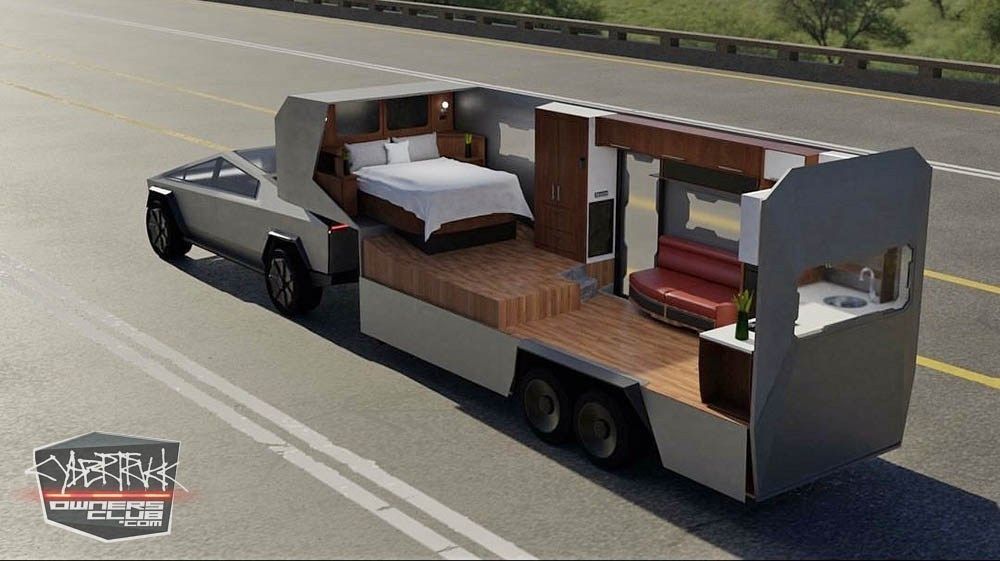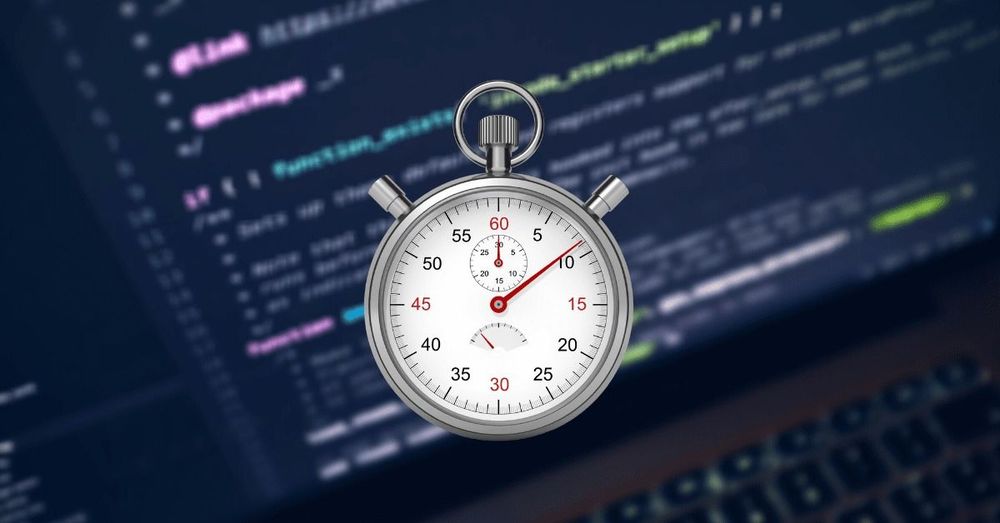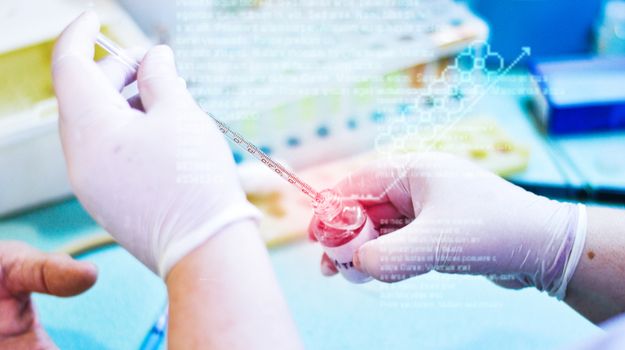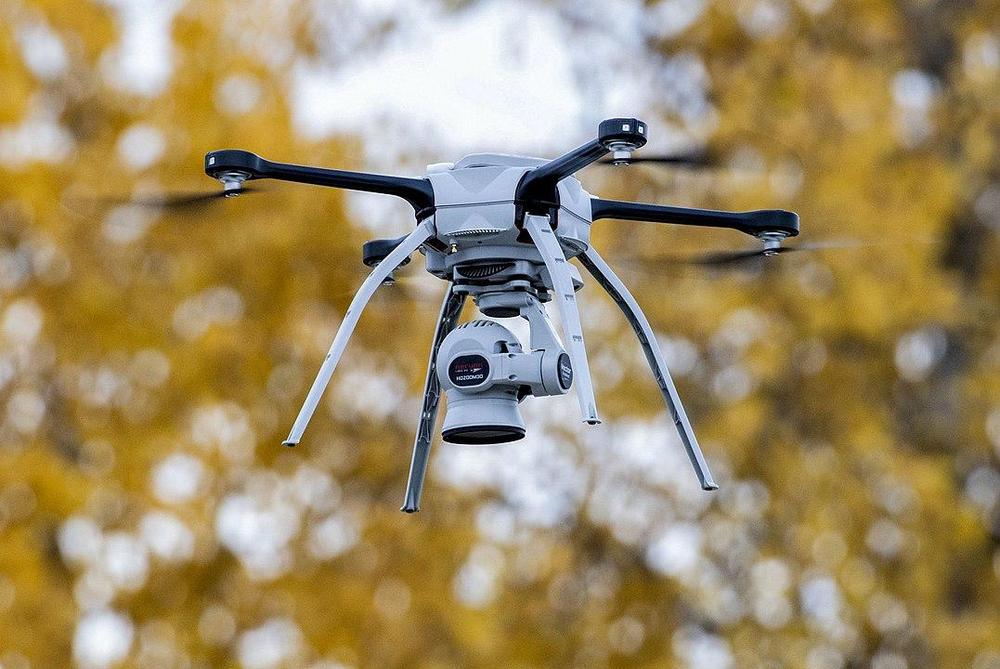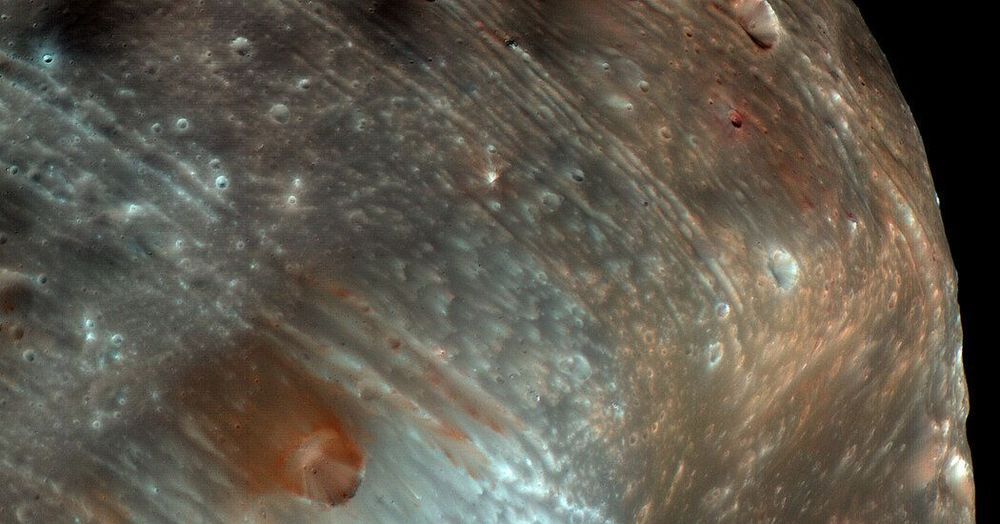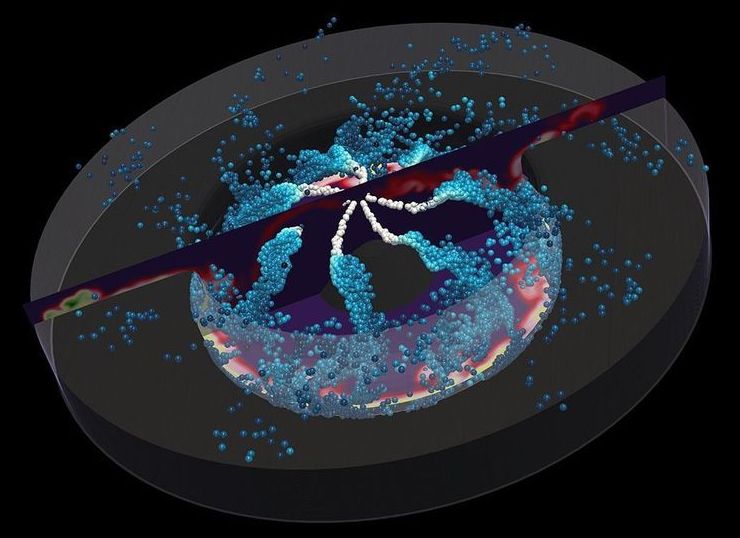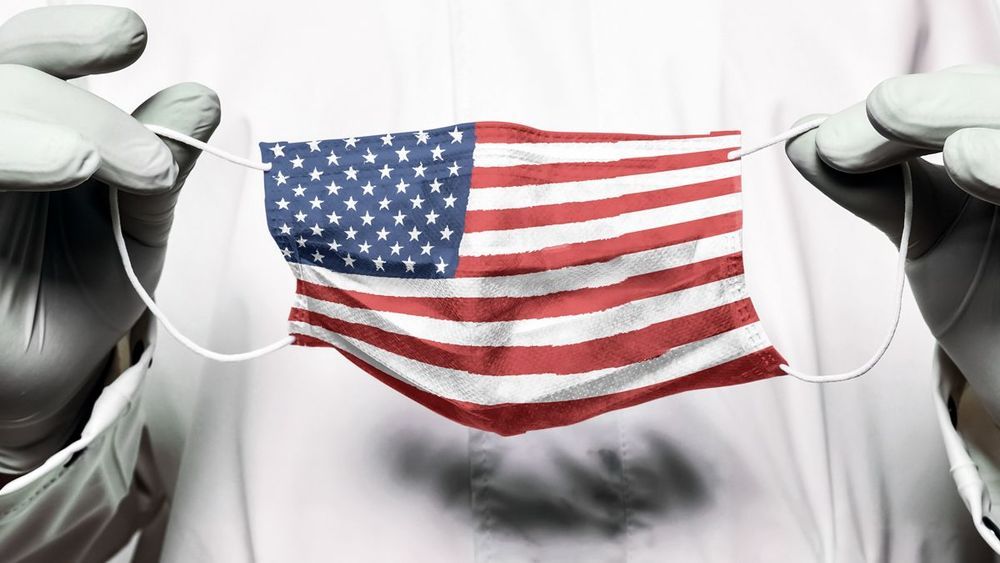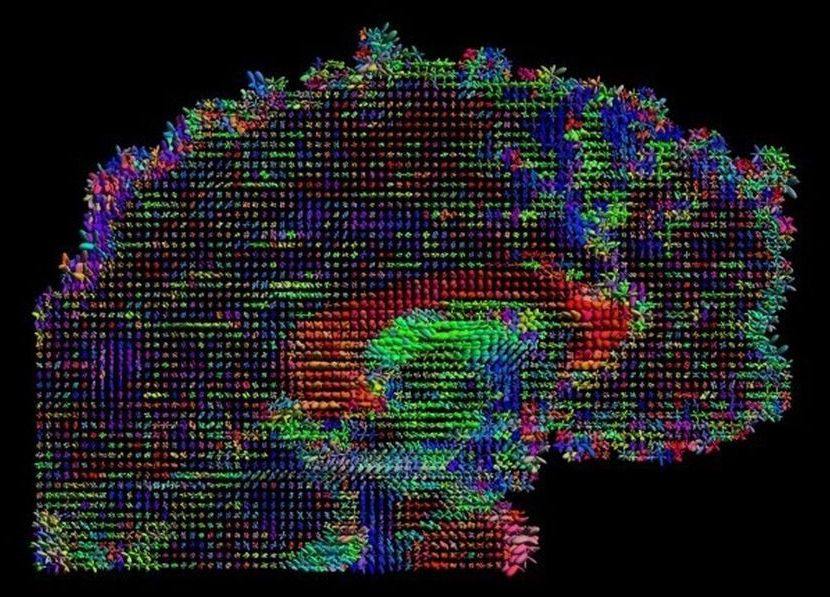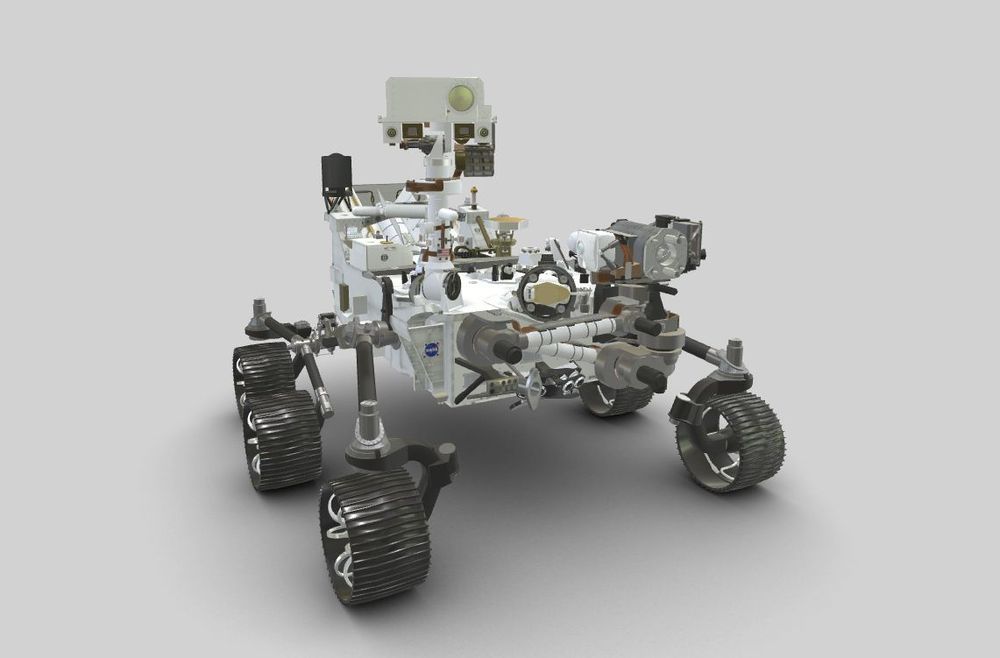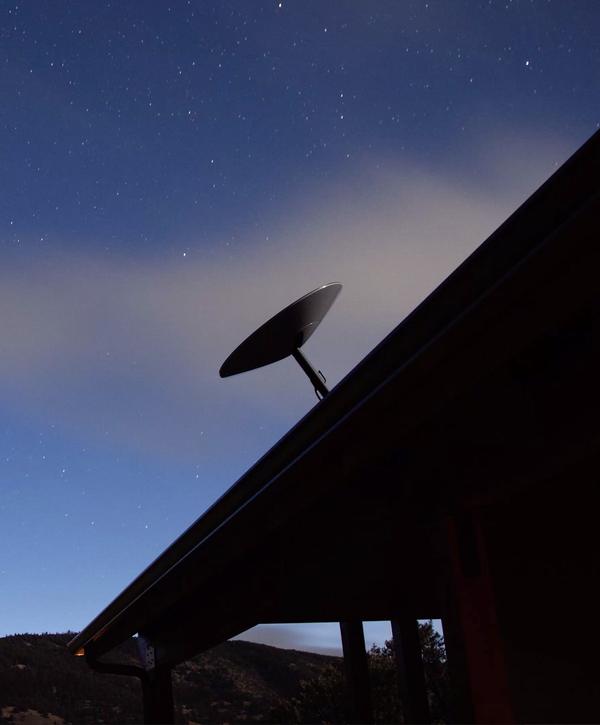
Featured Image Source: SpaceX Starlink
SpaceX aims to offer Starlink broadband internet service worldwide. The aerospace company has deployed 540 internet-beaming satellites into low Earth orbit. The entire network will consist of over 12,000 satellites beaming low latency, high-speed internet down to Earth. When SpaceX reaches 1,440 satellites in orbit, it will commence its commercial service. The company will first offer service in northern portions of the United States and Canada. “With performance that far surpasses that of traditional satellite internet, and a global network unbounded by ground infrastructure limitations, Starlink will deliver high-speed broadband internet to locations where access has been unreliable, expensive, or completely unavailable,” the company’s website states.
Jonathan Hofeller SpaceX Vice-President of Starlink and Commercial Sales, revealed some details of the Starlink internet network during a satellite conference on Thursday. He shared that SpaceX is ready to start its private Starlink Beta testing phase with employees, friends, and family this Summer. [*The public will also have the opportunity during a Public Beta test, sign up for updates at Starlink.com]
